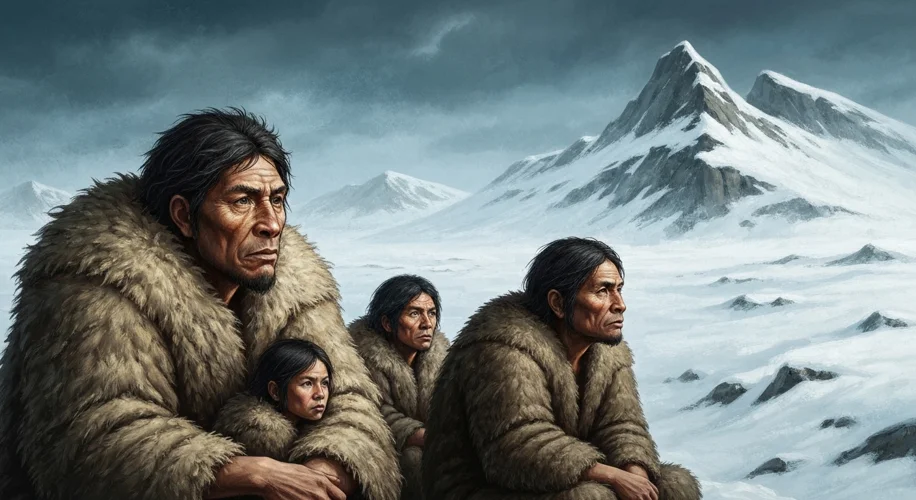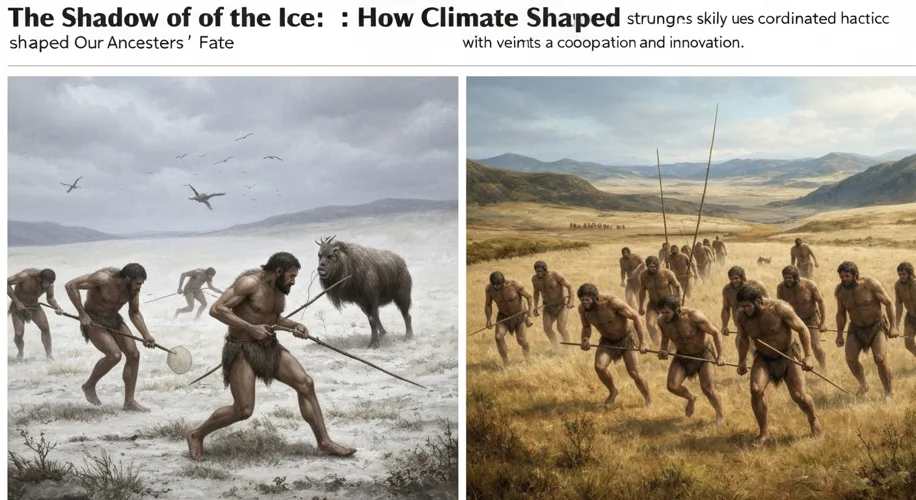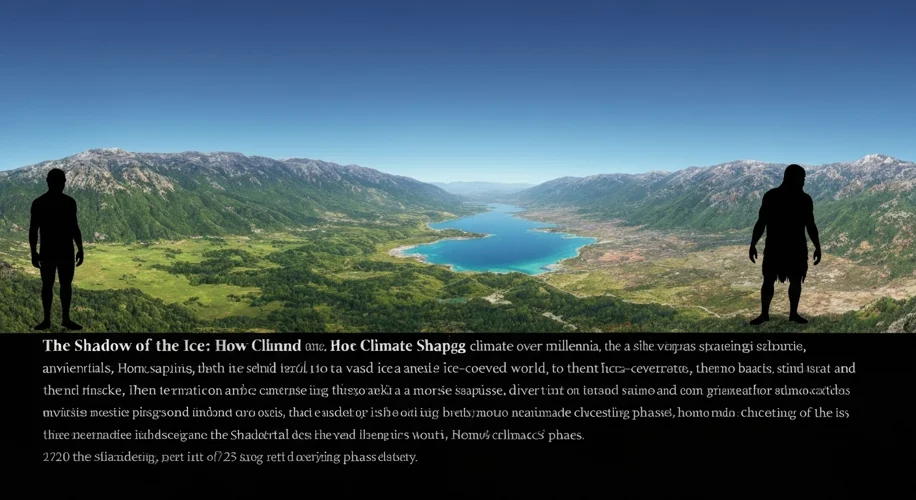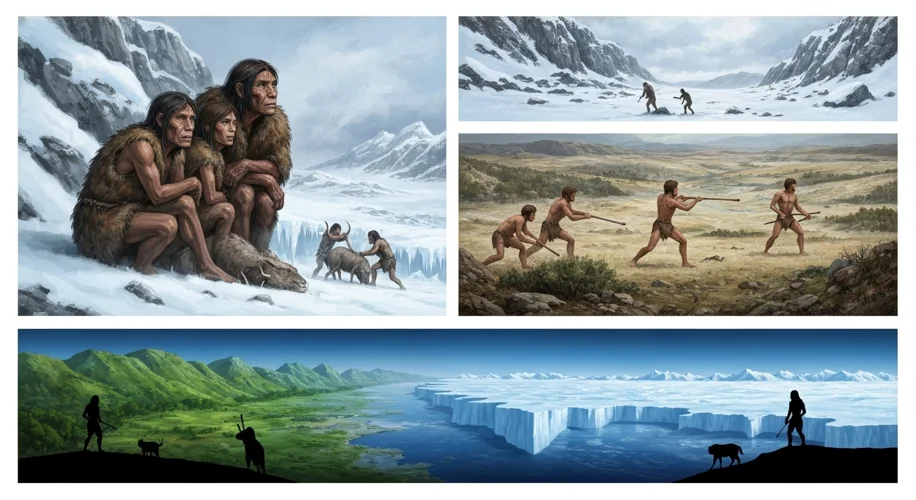The story of human evolution is often told as a tale of triumph, a relentless march of progress. But beneath the grand narrative lies a deeper, more nuanced drama, played out against the backdrop of a capricious planet. For tens of thousands of years, two of our closest relatives, the robust Neanderthals and the adaptable Homo sapiens, shared this Earth. Yet, as the icy grip of the last Ice Age tightened and then receded, one path led to extinction, the other to global dominance. What environmental forces and intrinsic qualities allowed our species to thrive while Neanderthals faded into the mists of time?
The world our ancient ancestors inhabited was a world in flux. Climate change was not a distant threat, but a palpable, life-altering reality. During the Pleistocene epoch, vast ice sheets advanced and retreated across the continents, dramatically altering landscapes, sea levels, and the availability of resources. Neanderthals, who emerged in Europe and Asia around 400,000 years ago, were perfectly adapted to the colder climates of their time. Their stocky build, large nasal cavities, and powerful physiques were ideal for conserving heat and enduring harsh conditions.

Imagine a Neanderthal mother, her face weathered, her eyes scanning the frozen plains for the tell-tale signs of mammoth herds. Her world was one of stark beauty and constant peril. Neanderthals were skilled hunters, utilizing sophisticated stone tools like the Mousterian handaxe and spear-throwers to bring down large game. Their social structures, while debated, appear to have been strong, with evidence suggesting they cared for their sick and elderly. They understood their environment intimately, navigating its challenges with a resilience born of generations of adaptation.
Meanwhile, in Africa, Homo sapiens were also evolving, developing their own unique set of adaptations. While Neanderthals were mastering the cold, Homo sapiens were honing a different kind of advantage: cognitive flexibility and advanced social networking. Our ancestors developed more complex toolkits, including projectile weapons like the bow and arrow, which allowed for more efficient and safer hunting from a distance. Crucially, they fostered larger, more interconnected social groups. This wider network facilitated the exchange of ideas, the sharing of resources, and a more robust response to environmental pressures.
As the climate shifted, becoming more volatile, these differences began to tell. The glacial cycles of the Pleistocene were periods of extreme stress. When ice sheets advanced, they pushed populations into smaller, more isolated refugia. Neanderthals, while capable of surviving these periods, may have struggled with the rapid and drastic environmental changes. Their specialized adaptations to colder conditions could have become a liability when climates fluctuated more rapidly, leading to more frequent shifts between glacial and interglacial periods.

Homo sapiens, on the other hand, seem to have possessed a greater capacity for innovation and adaptation. Their more complex social structures and broader range of subsistence strategies allowed them to exploit a wider variety of resources and to adjust more readily to changing environmental conditions. The ability to form larger, more cooperative bands meant that if one resource failed, another group might have a solution or be able to provide support. This interconnectedness acted as a buffer against localized environmental catastrophes.
Genetic evidence also offers clues. Studies suggest that while interbreeding occurred between Neanderthals and Homo sapiens, the Neanderthal genome represents only a small fraction of the DNA in modern non-African populations. This implies that Neanderthals, despite their adaptations, were ultimately less successful in proliferating and integrating into the expanding Homo sapiens populations.
Consider the implications: As the climate fluctuated, Homo sapiens, with their innovative toolkits, complex social networks, and perhaps a more generalized cognitive flexibility, were better equipped to weather the storms. They could adapt their hunting strategies, exploit new food sources, and maintain larger, more resilient communities. Neanderthals, while formidable survivors in their niche, may have been less able to cope with the rapid shifts, leading to population decline and eventual absorption or extinction.

The story of Neanderthals and Homo sapiens is a stark reminder that survival is not just about strength or specialization, but about adaptability. Our ancestors’ success wasn’t guaranteed; it was forged in the crucible of a changing planet. The subtle advantages of innovation, cooperation, and a perhaps more flexible mind allowed Homo sapiens to navigate the turbulent climate of the past and ultimately, to become the dominant force on Earth. It’s a story that resonates today, as we face our own unprecedented environmental challenges, urging us to consider the crucial role of adaptation in the grand tapestry of life.

